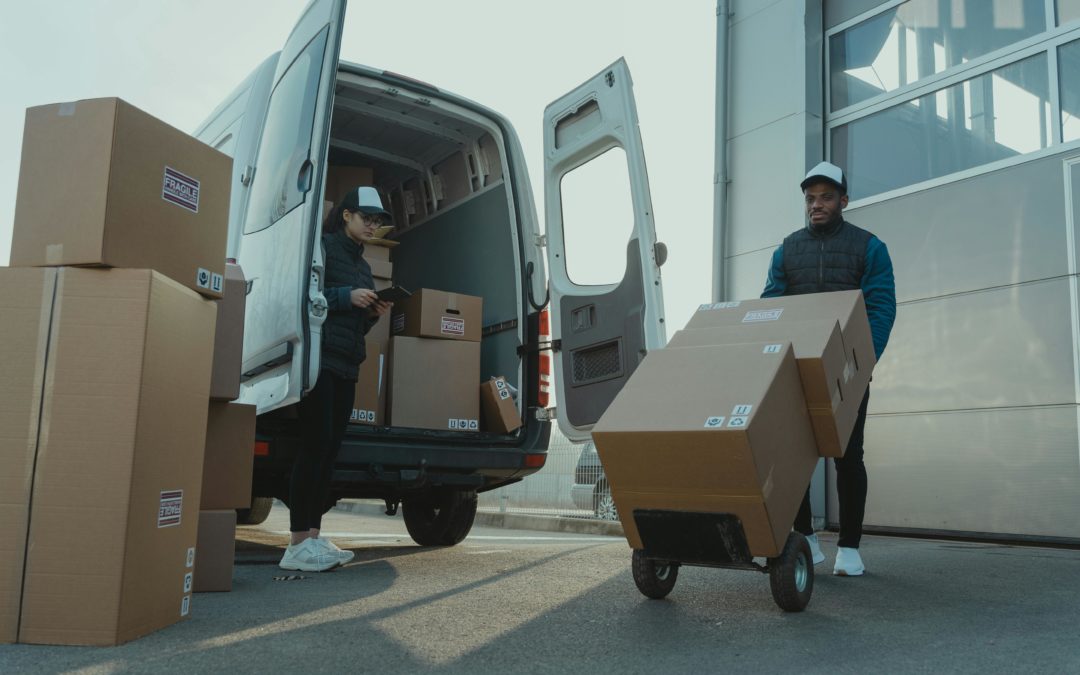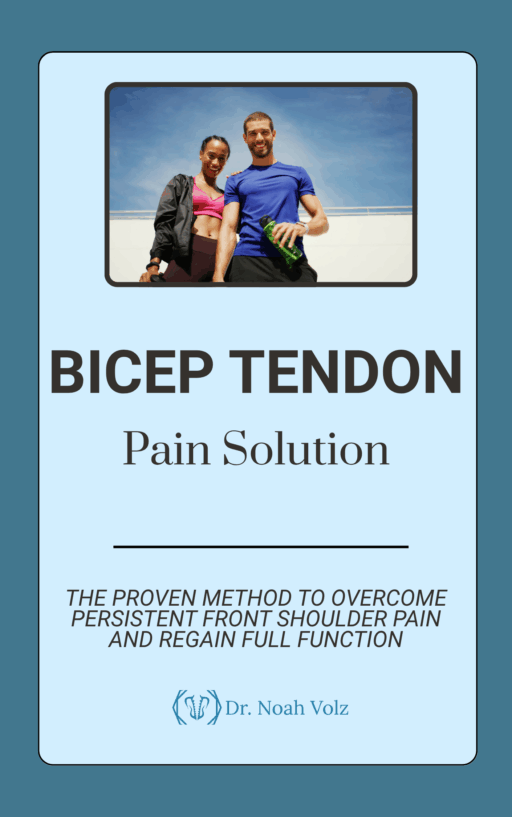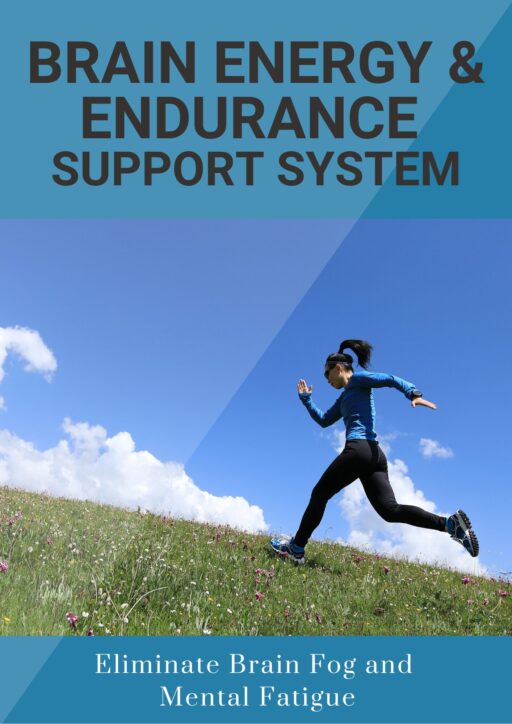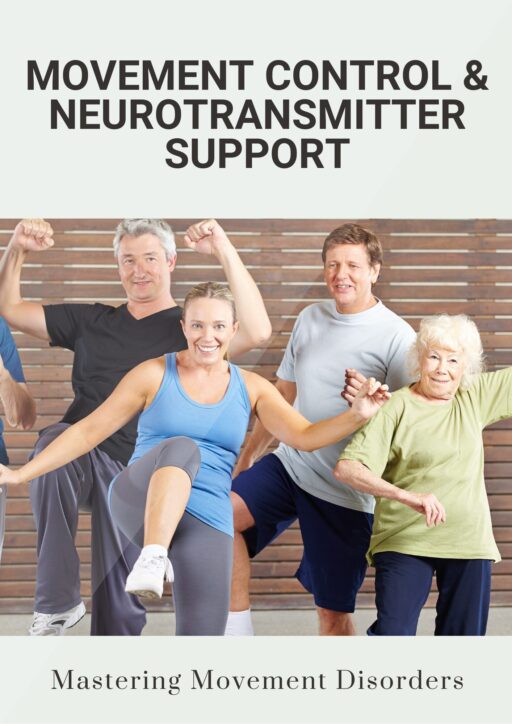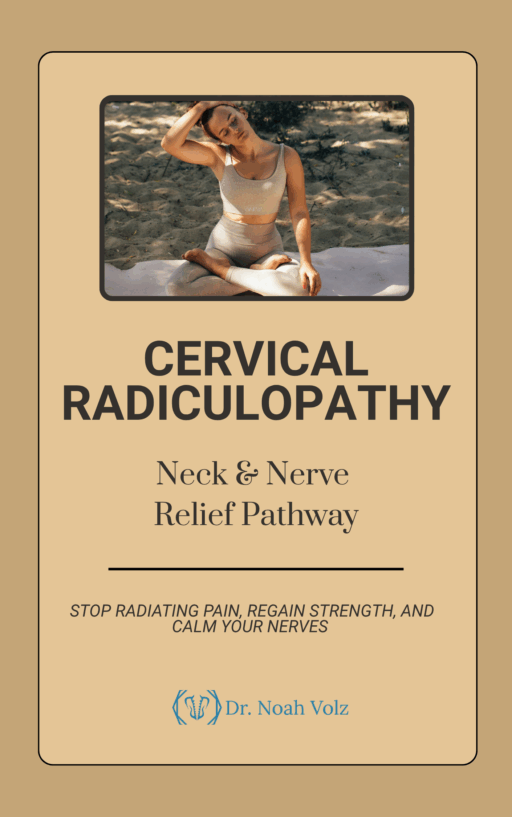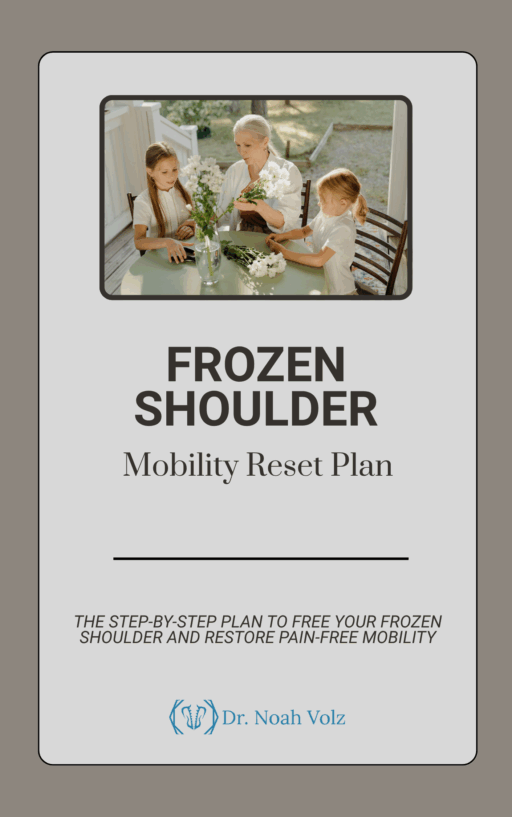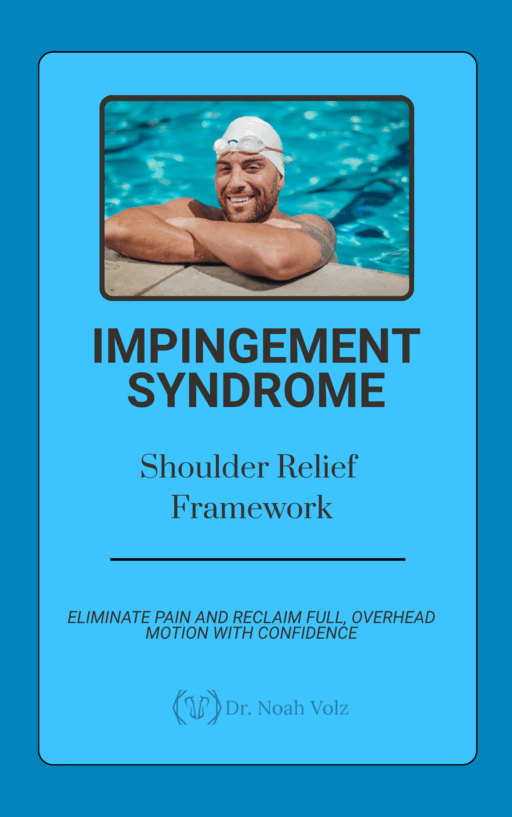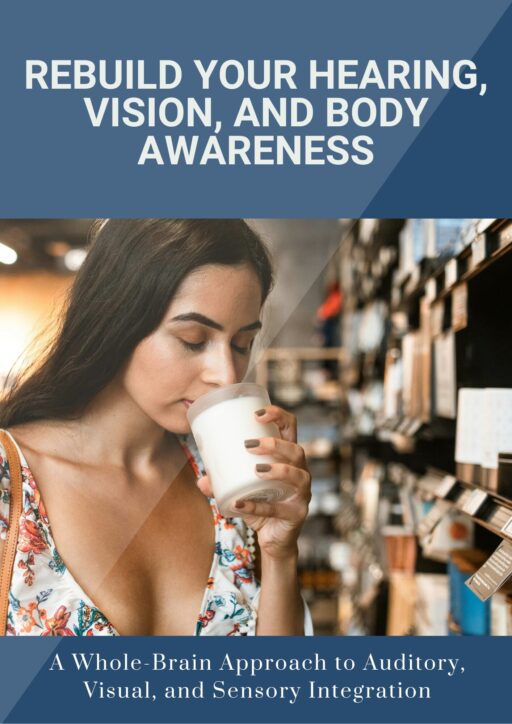Have you ever experienced a sharp, shooting pain down your leg that feels like an electric shock? Or maybe a dull, throbbing ache in your low back that just won’t go away? If so, you may be dealing with a condition called a lumbar disc lesion.
At our chiropractic clinic in Ashland, OR, Dr. Noah Volz and our team have helped countless patients find relief from the pain and dysfunction of lumbar disc lesions. We understand how frustrating and debilitating this condition can be, and we’re here to guide you on the path to recovery.
In this blog post, we’ll break down what lumbar disc lesions are, how they happen, and what you can do to feel better and get back to the activities you love.
What Is a Lumbar Disc Lesion?
Your spine is made up of a series of bones called vertebrae, stacked on top of each other with soft, spongy discs in between. These discs act as shock absorbers and allow your spine to bend and twist.
Each disc has a tough, fibrous outer layer called the annulus and a jelly-like center called the nucleus. A lumbar disc lesion occurs when there is a tear or weakness in the annulus that allows the nucleus to bulge out or even leak into the spinal canal.
This can happen due to a sudden injury, like lifting something heavy with poor form, or from gradual wear and tear over time. Certain factors can make you more prone to disc lesions, such as:
– Aging (discs naturally lose water content and become less flexible as we get older)
– Genetics (some people inherit disc problems)
– Smoking
– Obesity
– Sedentary lifestyle or jobs that involve a lot of sitting
– Repetitive bending, lifting, or twisting motions
When a disc bulges or herniates, it can put pressure on the nearby nerves that exit the spine and travel down the legs. This is what causes the hallmark symptoms of a lumbar disc lesion.
What Are the Symptoms of a Lumbar Disc Lesion?
The symptoms of a lumbar disc lesion can vary depending on which disc is affected and how much it is pressing on the nerve. Some common signs and symptoms include:
– Low back pain that may be dull, achy, or sharp
– Pain that radiates down the buttock and leg (sciatica)
– Numbness, tingling, or weakness in the leg or foot
– Pain that is worse with sitting, bending forward, or coughing/sneezing
– Pain that improves with standing, walking, or lying down
It’s important to note that not all disc bulges or herniations cause symptoms. In fact, studies have shown that many people have disc problems on MRI but no pain at all. So just because you have a disc lesion doesn’t necessarily mean it’s the source of your symptoms.
On the flip side, even a small disc bulge can cause a lot of pain if it’s pressing on a sensitive nerve. That’s why it’s so important to get a thorough evaluation from a qualified provider like Dr. Noah Volz to determine the root cause of your pain.
How Are Lumbar Disc Lesions Diagnosed?
When you come to our clinic with low back and leg pain, Dr. Noah will start by taking a detailed history of your symptoms, activities, and overall health. He’ll ask questions like:
– When did your pain start and what were you doing at the time?
– What activities make your pain better or worse?
– Have you had any recent injuries or surgeries?
– Do you have any other health conditions?
Next, he’ll perform a physical exam to check your spine, nerves, and muscles. This may include tests like:
– Palpating (feeling) along your spine for tenderness or muscle spasms
– Testing your reflexes, sensation, and strength in your legs
– Having you bend, twist, or lift your legs to see what reproduces your pain
– Checking your posture and alignment
Based on his findings, Dr. Noah may recommend imaging tests like X-rays or MRI to get a closer look at your discs and nerves. However, these aren’t always necessary to make a diagnosis or start treatment.
What Are the Best Treatments for Lumbar Disc Lesions?
The good news is that the majority of lumbar disc lesions can be treated effectively with conservative (non-surgical) care. In fact, research shows that many disc herniations will shrink on their own over time with the right approach.
At our clinic, we use a variety of evidence-based techniques to help reduce pain, improve function, and promote healing of the disc and nerves. These may include:
1. Chiropractic adjustments to restore normal motion and alignment to the spine and pelvis.
2. Flexion-distraction therapy to gently stretch the spine and take pressure off the discs and nerves.
3. McKenzie exercises to centralize pain and improve disc health through specific movements.
4. Soft tissue therapies like massage, trigger point therapy, and instrument-assisted soft tissue mobilization (IASTM) to relax tight muscles and promote circulation.
5. Therapeutic exercises to strengthen the core, improve flexibility, and retrain proper movement patterns.
6. Lifestyle advice on posture, ergonomics, nutrition, and stress management to support whole-body health.
The exact treatment plan will depend on your individual needs and goals. Dr. Noah will work closely with you to create a personalized roadmap to relief and monitor your progress along the way.
In some cases, we may co-manage your care with other healthcare providers, such as your primary doctor, a pain specialist, or a surgeon. This is especially important if you have severe pain, weakness, or loss of bowel/bladder control, which may indicate a more serious problem.
But for most people with lumbar disc lesions, a trial of conservative care is the best place to start. With the right diagnosis, treatment, and self-care strategies, you can get back to living your best life without pain holding you back.
The Bottom Line on Lumbar Disc Lesions
If you’re struggling with low back and leg pain, don’t suffer in silence. Lumbar disc lesions are a common cause of these symptoms, but they don’t have to keep you sidelined forever.
At our chiropractic clinic in Ashland, OR, Dr. Noah Volz and our team are committed to helping you find lasting relief and improved function. With our comprehensive approach and personalized care, we’ll guide you every step of the way on your journey to better health.
So if you’re ready to take control of your pain and get back to the activities you love, give us a call or schedule an appointment online today. We look forward to helping you achieve your goals and live your best life.
References:
1. Saal JA: Natural history and nonoperative treatment of lumbar disc herniation. Spine 21 (Suppl 24):2S-9S, 1996
2. Boden SC, Davis DO, Dina TS, Patronas NJ, Wiesel SW. Abnormal magnetic-resonance scans of the lumbar spine in asymptomatic subjects: A prospective investigation. J Bone Joint Surg Am. 1990; 72: 403-408
3. Oliphant D. Safety of Spinal Manipulation in the Treatment of Lumbar Disk Herniations: A Systematic Review and Risk Assessment. J Manipulative Physiol Ther 2004 (Mar); 27 (3): 197–210
4. Chiu CC, Chuang TY, Chang KH, Wu CH, Lin PW, Hsu WY. The probability of spontaneous regression of lumbar herniated disc: a systematic review. Clin Rehabil. 2015 Feb;29(2):184-95.
5. Zhong M, Liu JT, Jiang H, Mo W, Yu PF, Li XC, Xue RR. Incidence of Spontaneous Resorption of Lumbar Disc Herniation: A Meta-Analysis. Pain Physician. 2017;20(1):E45–E52.
Want to know what kind of back pain you have?
-

Bicep Tendon Pain Solution
$50.00 -

Brain Detoxification & Recovery System
$50.00 -

Brain Energy and Endurance Support System
$50.00 -

Brain-Based Movement and Motor Control Training
$50.00 -

Centralized Low Back Pain
$50.00 -

Cervical Radiculopathy: Neck and Nerve Relief Pathway
$50.00 -

Complex Low Back Pain
$50.00 -

Complex Radiating Low Back Pain
$50.00 -

Cross-Pattern Low Back Pain
$50.00 -

Frozen Shoulder Mobility Reset Plan
$50.00 -

Impingement Syndrome: Shoulder Relief Framework
$50.00 -

Mastering Brain Senses: Rebuild Your Hearing, Vision, and Body Awareness
$50.00

